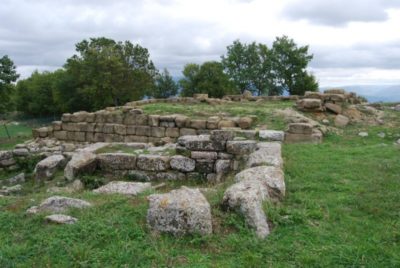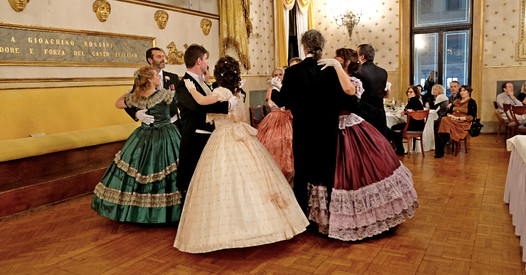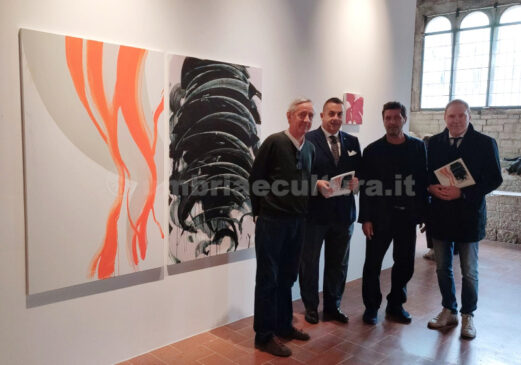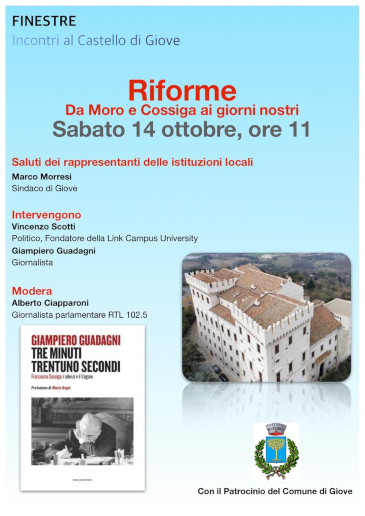Urvinm Hortense lies on a high plateau near Collemancio, near the most famous Bevagna in Umbria, more than 500 meters above sea level, from where you can enjoy a breathtaking view over the entire Tiber valley and from where the ancient Municipality of Urvinum Hortense dominated the other inhabited centers of the area, all located at lower altitudes: Assisi, Spello, Trevi, just to name a few.
The gaze is enraptured by the panorama and is enchanted by this location. In front of you, in a single glance, all the major historical sites of Umbria, from its pre-Roman origins to the present day.
During a short walk up on the hill, the archaeological remains of the inhabited center of Urvinum Hortense are visible. The excavation campaigns are still in progress, and those carried out so far have brought to light the remains of a base of an Etruscan-Italic temple, whose recycled materials were used for the construction of the parish of Santa Maria d’Urbino, now also destroyed.
The discovery of a large paved road with herringbone bricks made it possible to identify an ancient road axis where the tabernae (kind of restaurants and shops) overlooked.
A large cistern, still being excavated, was also found, divided into several rooms and entirely covered with bricks waterproofed with a thin cocciopesto film.
A tunnel duct on the north side of the cistern that made the waters flow, probably fed the thermal complex with mosaic with scenes of the Nile discovered in 1930, now on display in the Cannara Museum, where monetary finds are also preserved.
A small deviation from the usual Umbrian itineraries, between the vineyards of Sagrantino and Rosso di Montefalco between nature and history, allows to rediscover our heritage.
Benedetta Tintillini
Find Urvinum Hortense on Google Maps:




